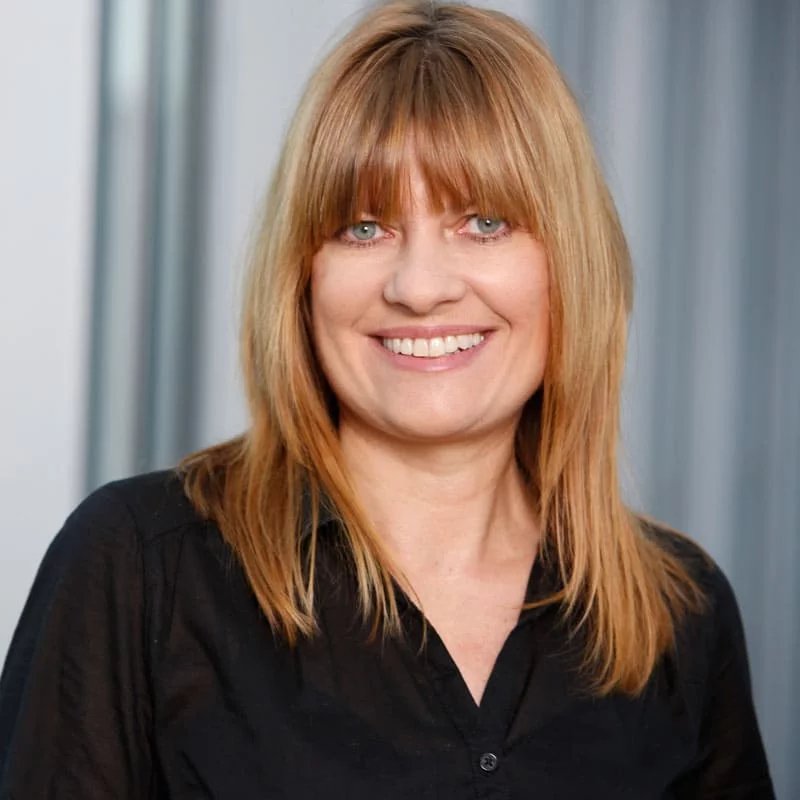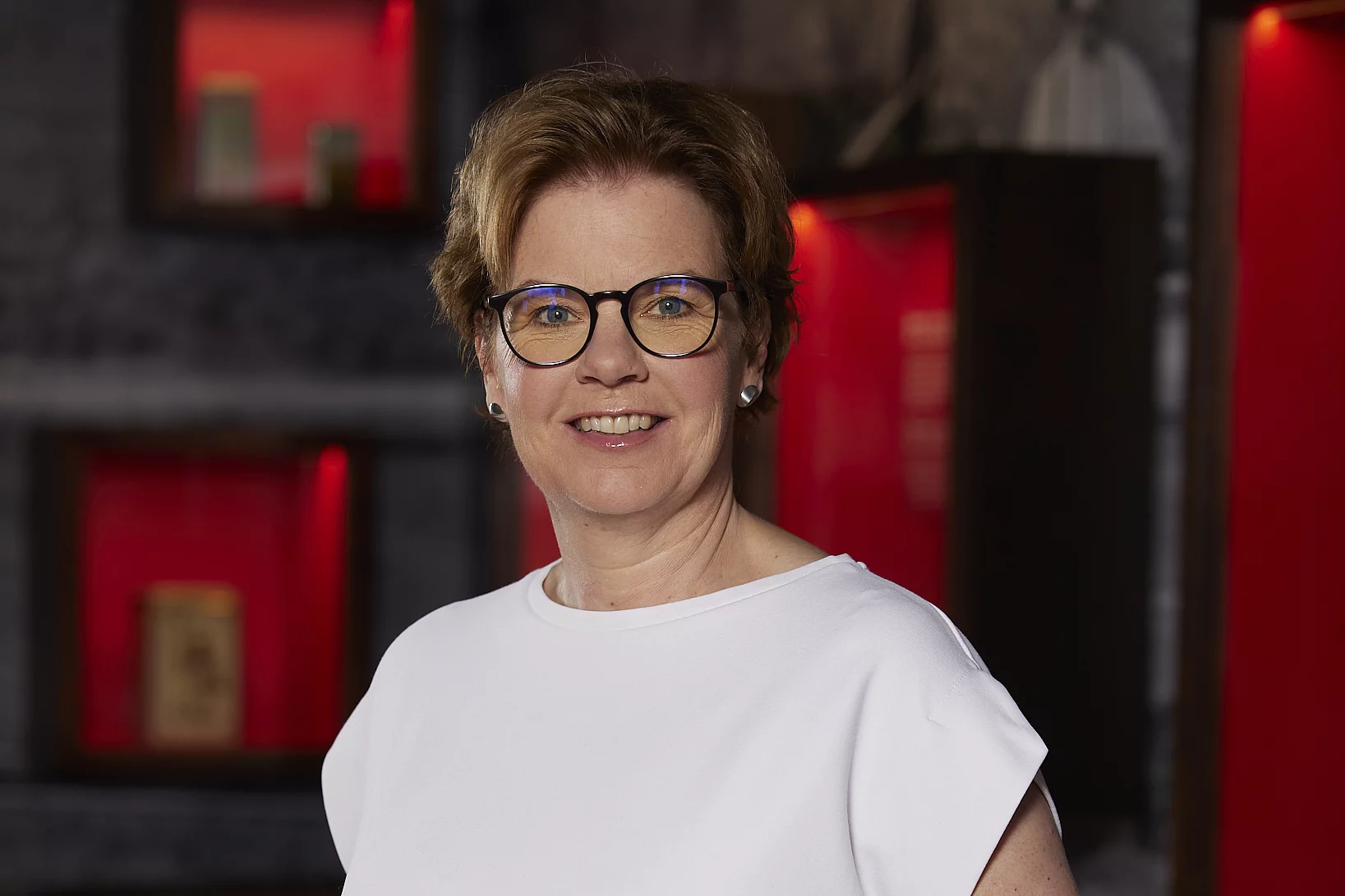
Annette Imhoff - The cultural heritage of Cologne
"Art = Peace - Cologne's cultural heritage"
The Cologne Chocolate Museum
A sweet piece of the city's history by Annette Imhoff
On August 24, 2025, an international art encounter took place at the Kunsthaus Rhenania in Cologne under the motto "Art = Peace - Cologne's Cultural Heritage", which focused on Cologne's cultural heritage and made peace, tolerance and understanding between cultures tangible.
Annette Imhoff, Managing Director of the Chocolate Museum and daughter of founder Hans Imhoff, made a contribution at the start of this extraordinary series of events.
The event is an initiative of the artist and curator Asuman Hasircioglu. Further information can be found via the following links:
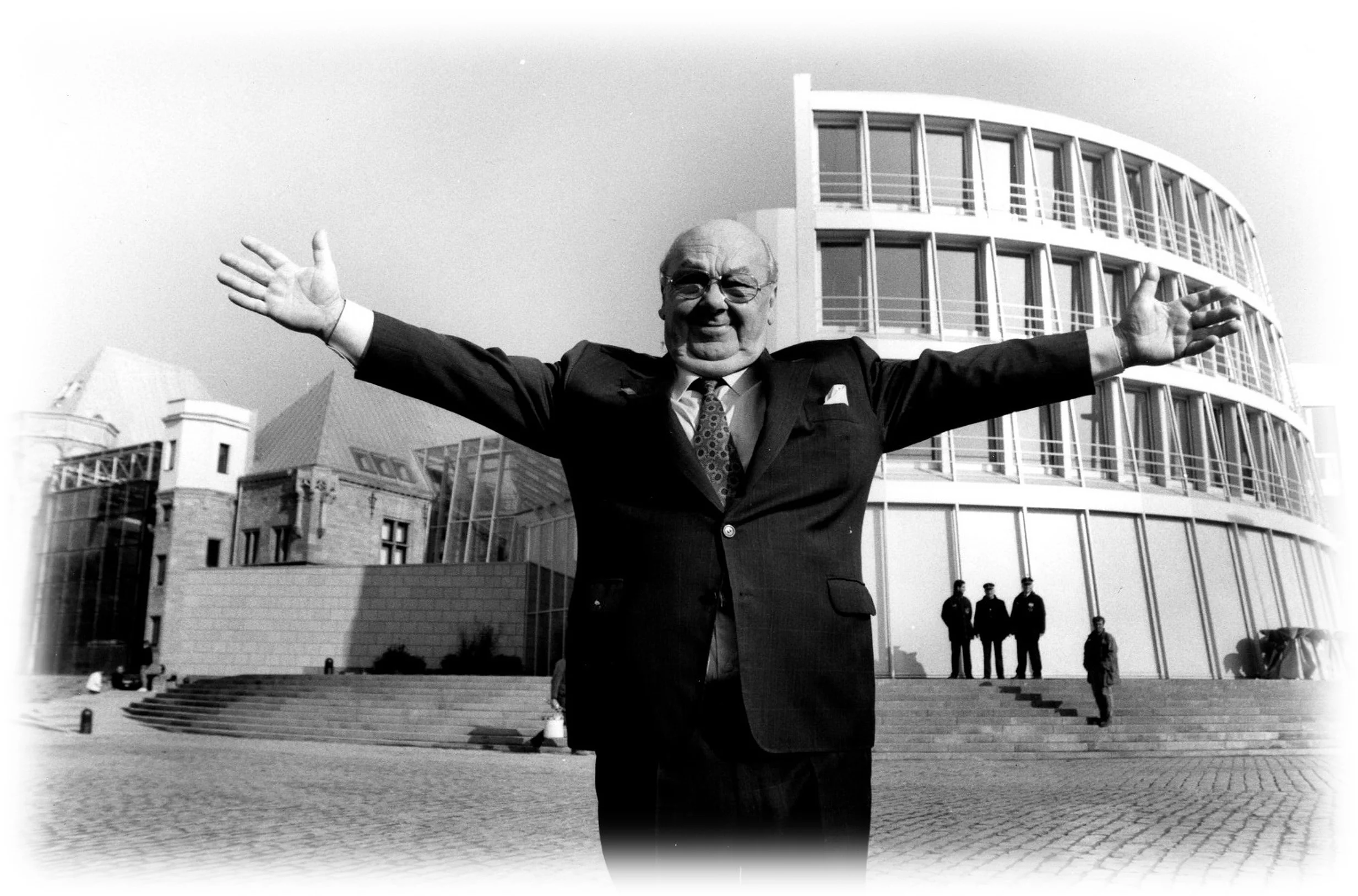
A heart made of chocolate
When I think of the Chocolate Museum, I first think of my father. Hans Imhoff
once said of himself: "I have a heart of chocolate." These words were more than just a charming self-description - they reflected his entrepreneurial passion, his love of Cologne and his desire to create something lasting.
In 1993, this wish became reality. After my mother had found the perfect location following an intensive search, a unique museum was created in the changing Rheinauhafen - without any public funding, solely on private initiative. It was a courageous step. A real pioneering project. For my father, it was a project close to his heart. For me today, it is a great honor and responsibility to continue this story.
I would like to tell you today why this house is not just a museum for chocolate, but a living part of the cultural heritage of our city. A heritage that combines pleasure, history and social responsibility.

From customs port to cultural port
The museum is located in a place steeped in history: Cologne's old customs port. For decades, it was a transshipment point for goods from all over the world - sugar, cocoa,
coffee. This was the economic heart of a trading city that has been intertwined with international markets since Roman times.
The building that now houses the museum was once an office building. The warehouse next to it now houses the sports museum. The historic
central section of the museum is a listed building - a testimony to Rhineland industrial culture.
Today, the Rheinauhafen is a symbol of our city's ability to change: industry has become culture. The Chocolate Museum was a pioneer in this process. Visitors from all over the world came here in its opening year of 1993, long before the urban redevelopment. The architecture - designed by Prof. Fritz Eller - is reminiscent of a ship. Viewed from the banks of the Rhine, the building looks as if a ship is lying on the river. In this way, the memory of the port's past remains visible.
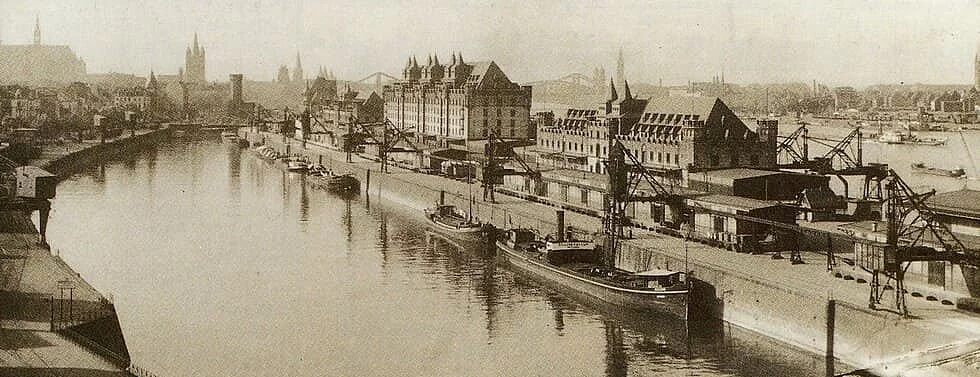
Industrial culture, trade, transformation
Cologne has always been a trading city. Even the Roman Colonia was a hub. Later, Cologne became the center of the food and confectionery industry. Names such as Stollwerck and Imhoff are closely linked to this history. And Pfeifer & Langen still supplies sugar to households and businesses in the region today - perhaps even to your kitchen.
We tell this living history in the museum. We bring it to life: in our glass chocolate factory, we produce real chocolate from Lindt chocolate masses every day: 160,000 kilograms a year - that's 20.5 million little nibs. Unfortunately, this is the only chocolate production that still exists in Cologne today. The closure of the Stollwerck factory in Porz in 2005 marked the end of a 150-year tradition. This makes it all the more important not only to preserve industrial culture, but also to explain its logic: Raw materials that have to be laboriously grown or mined and in some cases transported halfway around the world. An increasingly complex technology and, last but not least, the path to the customer via the creation of established brands. All this has often happened in Cologne! Anyone who visits our glass chocolate factory will understand how industry, craftsmanship and design come together - a place of learning about value creation in the best sense of the word. This makes it all the more important for us to preserve and pass on this history - because industrial cultural history is part of our collective identity.
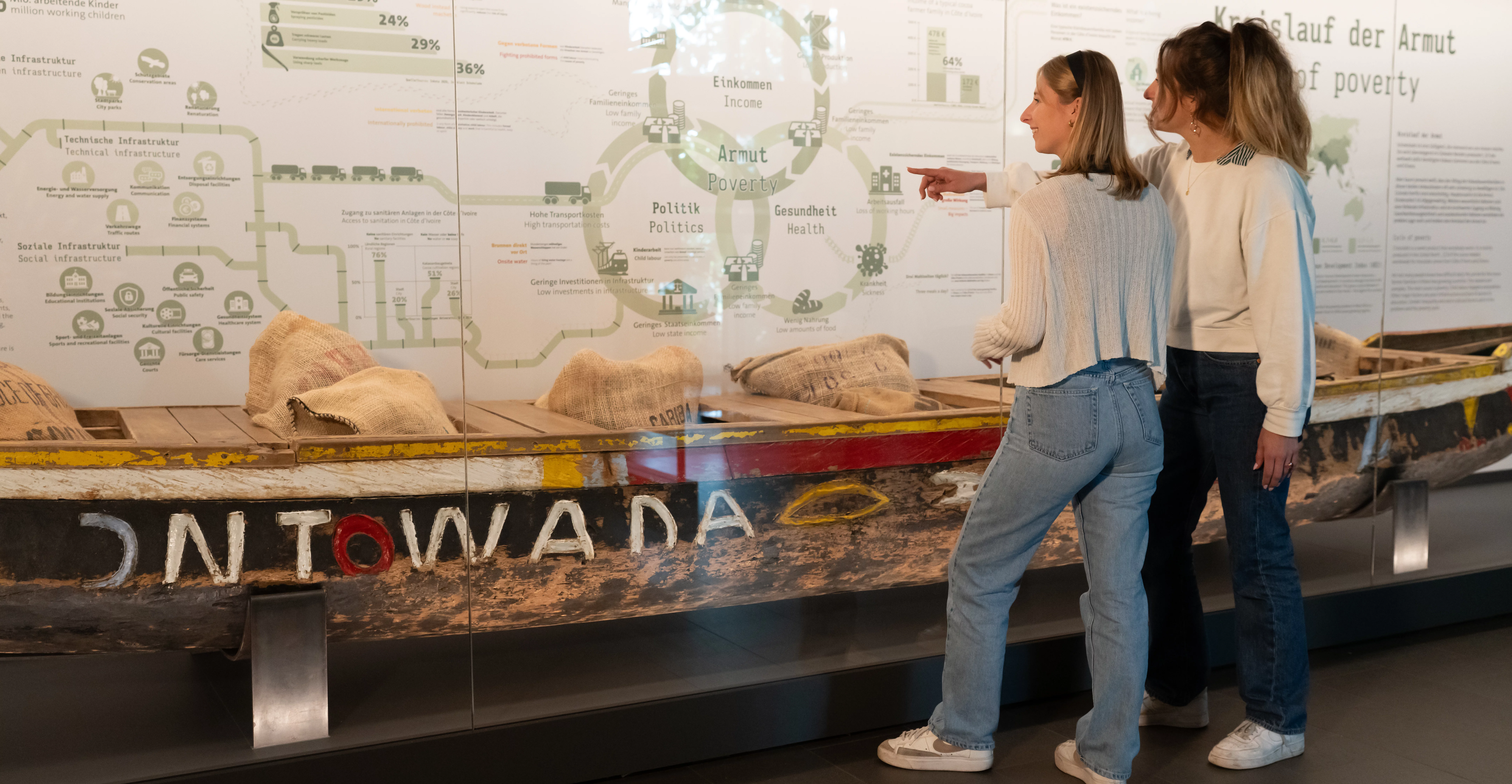
Chocolate as a global cultural asset
But chocolate is not just local. It is a global cultural asset. And it has a history dating back thousands of years to the Olmecs, Maya and Aztecs. In the first centuries of this history, the cocoa tree was only known in America. The cocoa we have come to love so much in Europe is part of a colonial history full of exploitation. The inhumane conditions that prevailed on the plantations must be confronted as part of history. Even today! Cocoa is a complex product. Its supply chain is long - and not free of problems: In many cocoa-growing countries, we are dealing with great poverty, which must be combated, as one of its worst excesses is certainly child labor in the fields, which is also repeatedly accused in the media. There are also environmental issues. Deforestation of tropical rainforest to create new plantations. A high use of pesticides that endangers both the people working there and the environment. That's why we don't just show the shiny side in the museum. But also the critical side. And we show ways forward: fair trade projects, transparent supply chains, educational initiatives. As a UNESCO-awarded place of learning, we raise awareness of global connections. With heart - not with a raised index finger. Cultural heritage is only sustainable if it also includes responsibility. Those who understand production conditions make different decisions; this is precisely where our educational work comes in.
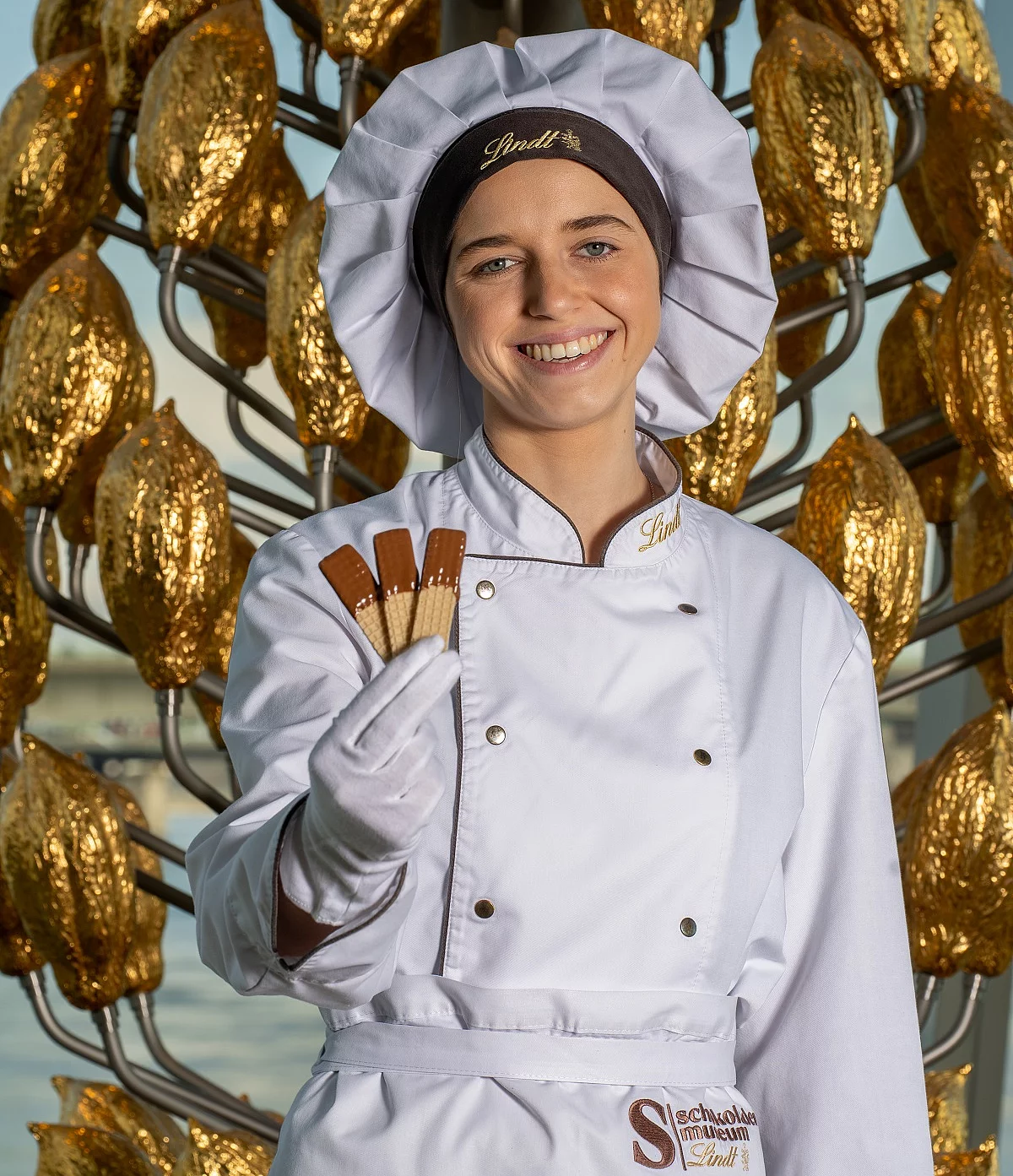
Enjoyment culture in Cologne
In our work, it is important to us never to lose sight of the positive, because Cologne is, after all, a city of enjoyment, conviviality and
joie de vivre. Just think of carnival, Kölsch beer, our breweries or the legendary "Hätz" of the people of Cologne.
Chocolate fits seamlessly into this picture. It stands for happiness, sensuality and community - and that is exactly what our hotel conveys. We make it possible to experience culture with all the senses: with a chocolate fountain that circulates over 2,400 kg of liquid chocolate every year. With tastings, workshops and aroma stations. With stories that get under your skin.
In this way, the museum becomes a place where culture is not only conveyed, but felt. A very Cologne approach to the world.
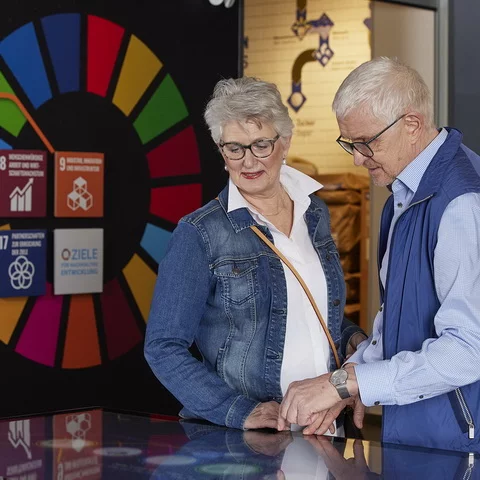
A house for all generations
The Chocolate Museum is more than just an exhibition space. It is a place for encounters, participation and intergenerational learning. Our educational programs are aimed at children, young people, families, school classes, students and senior citizens alike.
We offer over 3,500 guided tours and around 400 courses and tastings every year. Whether it's a chocolate course for children, teacher training, wine and chocolate tastings or sustainability tours - we bring knowledge to life. Inclusion is particularly important to us: there are barrier-free formats, programs for people with dementia and educational programs for senior citizens in cooperation with care facilities that we visit. In this way, we make a concrete contribution to cultural participation for all.

A window to the world
Cocoa is a global product. It connects Cologne with countries of origin in West Africa, Central America and Asia. We make this international dimension visible and tangible: In our newly designed exhibition "World Cocoa Journey", which was completely redesigned in 2023, you follow the bean's journey from cultivation to the chocolate bar. You get to know the people who harvest, process and trade cocoa. And you learn about the political, ecological and social issues associated with this product on its long journey. The exhibition is part of our educational mission and is based on the 17 Sustainable Development Goals (SDGs). It offers concrete learning opportunities on global justice, environmental responsibility and supply chain ethics - for schools, groups and individual visitors.
As a UNESCO-awarded place of learning and certified educational institution for sustainable development, we are actively shaping the future. The Chocolate Museum brings Cologne to the world - and the world to Cologne.
30 years of museum work
The Chocolate Museum has been a crowd-puller for over 30 years. With around 260 employees, including 110 in the museum, 110 in catering and 40 in the store, we are not only a place of culture, but also an important employer in the region. In 2024, we set a new record with over 704,000 guests. This makes us not only the most successful museum in the city, but also in the whole of NRW - and one of the most visited in the whole of Germany. This success is no coincidence: it is based on consistent quality, continuous development and a firm determination to make culture accessible to everyone. Behind every record are many small decisions, a motivated team and a clear vision. This includes investments in exhibition renovations, service quality, digitalization and education as well as close cooperation with partners in the city, education and culture. Our economic independence gives us the freedom to invest where museum guests feel it.
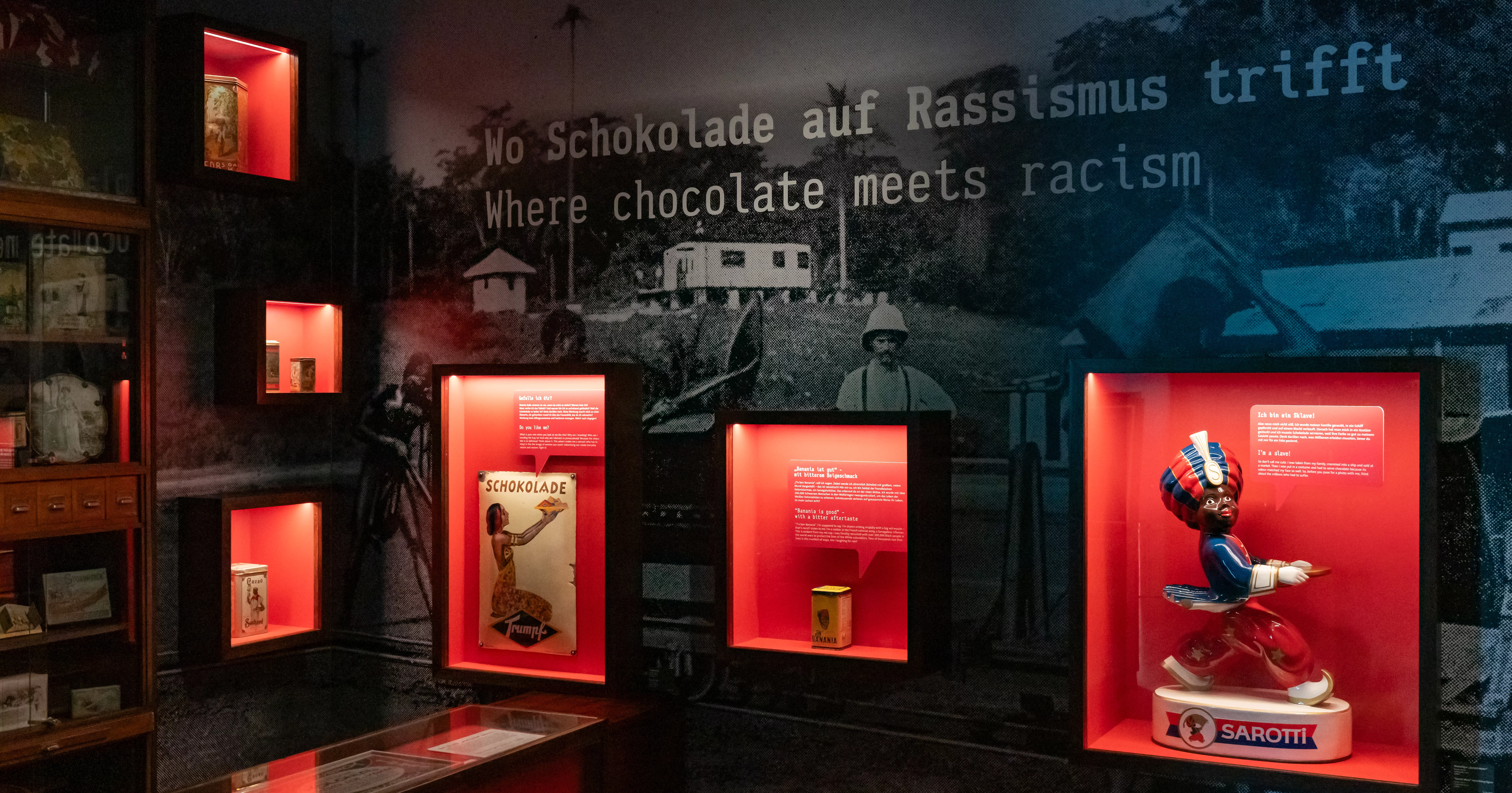
Cocoa's journey through time - cultural history retold
In June 2025, we opened the redesigned cultural history exhibition "Cocoa's journey through time" on the second floor. It is the result of years of research, conception and creative work. The history of chocolate spans five millennia. And so the exhibition begins in South and Central America and tells the story of its cultural significance - until it becomes "European". From drinking chocolate in the 16th and 17th centuries, the narrative spans the industrialization of the 19th century to today's consumer world. The exhibition links everyday history, technological history, advertising worlds and political developments. It shows that chocolate is also a mirror of social change. And it makes it clear that cultural history is never complete, but is constantly being written - with every piece of chocolate. Our exhibition never loses sight of the fact that even the luxury product of the Baroque era had a dark side. The bloody subjugation of large parts of America by European powers. The transatlantic slave trade, which supplied plantations with cheap labor to manufacture products for Europe under inhumane conditions: Cane sugar, cocoa, cotton, to name a few well-known examples. And after the end of slavery? Colonies began to be founded in Africa with the declared aim of producing cheaply for the European market! Far away? No, because an important trading city like Cologne profited from these structures during the colonial period. The goods from the colonial era are unloaded in the Rheinauhafen.
This is also part of our cultural heritage. A painful chapter, but one that we have to face up to. And so we do not conceal these interdependencies in our exhibition. We are showing "colonial chocolate", which Stollwerck proudly used for advertising. And we provide food for thought as to why advertising figures created during this period are often problematic. Despite all the downsides, chocolate remains something wonderful. And that's why... we don't tell cultural history as a moral sermon, but as an invitation to empathy: to understand how pleasure and justice belong together.
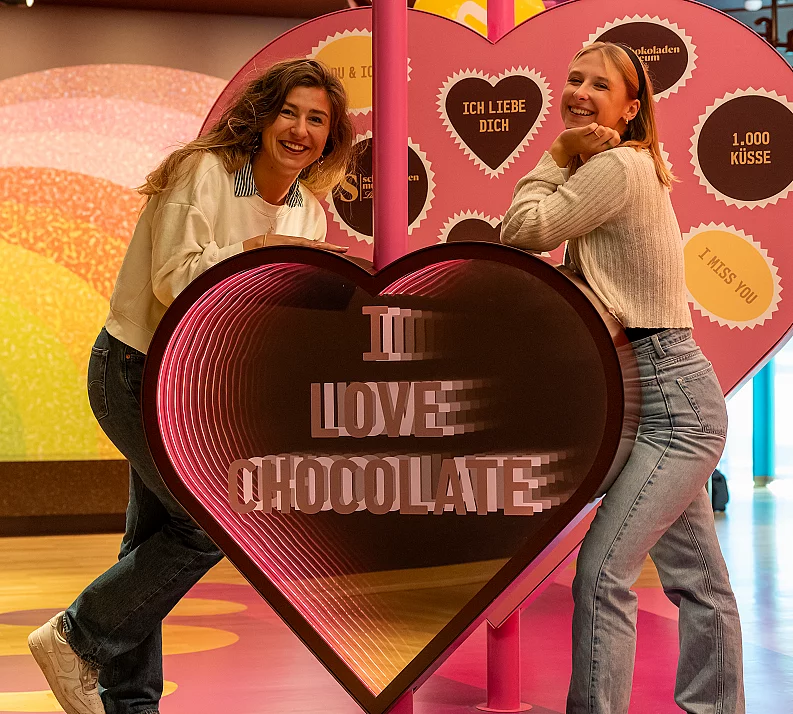
Chocolate is a feeling
Since summer 2024, a new exhibition on the 2nd floor has been entitled "Chocolate is a feeling". And that sums it up - chocolate evokes memories of childhood, family celebrations or simply the end of the day. It stands for security, comfort and happiness. It is not just a product, it is a very special carrier of emotions. In this exhibition, we combine sensory experiences, historical stories and modern media. We combine taste with history, emotion with information. This includes sound effects, small storytelling rooms and sensory stations where visitors can trace their own memories - from their favorite chocolate as a child to today's truly curious taste creations. Our goal: a visitor experience that lasts. Not only in the mind, but also in the heart. Because that's what cultural heritage is all about: It combines the past with emotion, history with identity.
And this brings us full circle to my father's chocolate heart...
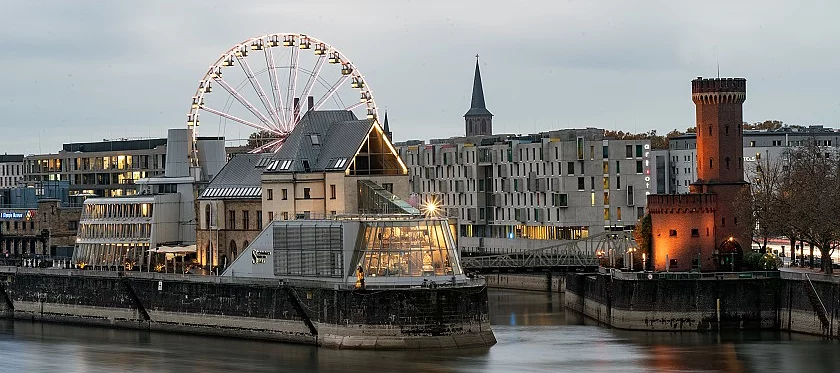
An outlook
The Chocolate Museum is a living part of the cultural memory of this city. It tells of trade and change, of sensuality and responsibility, of history and the future. I hope I have been able to show you that the Chocolate Museum is much more than just a tourist attraction. It is a place of education, encounters, remembrance and experience.
I cordially invite you to come by! Discover the world of chocolate with us - as part of the cosmopolitan city of Cologne.

